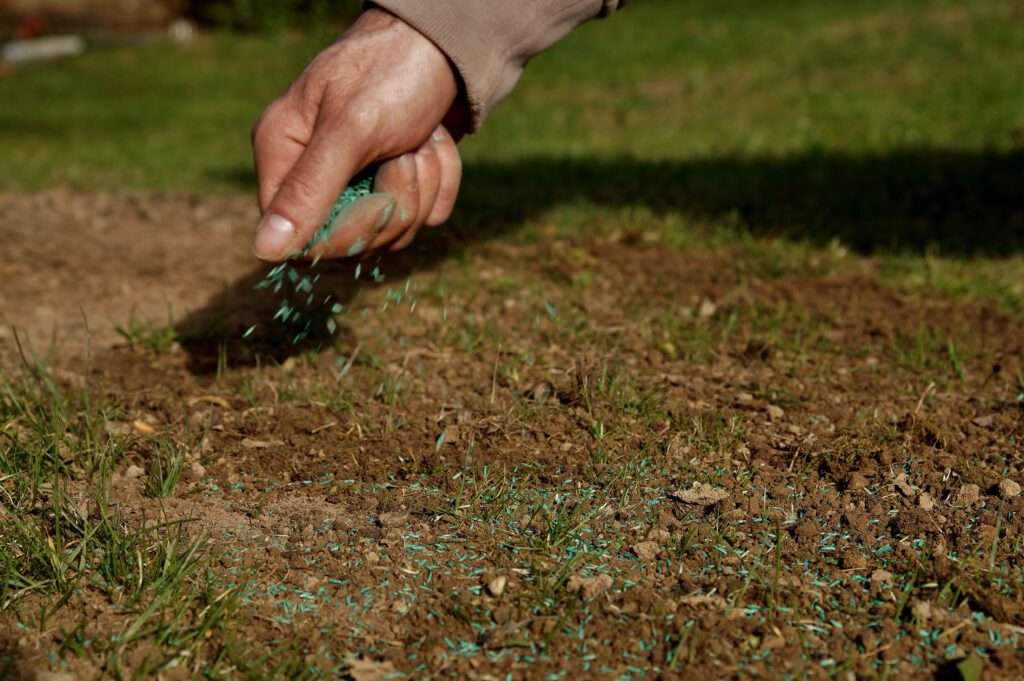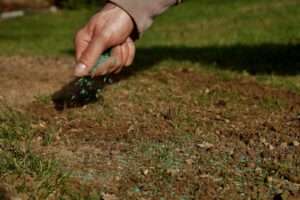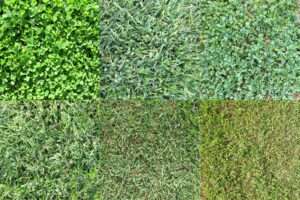
Overseeding and the Importance of Your Lawn’s Health
Is your lawn looking a little lackluster? Whether it’s thinning patches, bare spots, or just a general decline in vibrancy, overseeding is a simple yet effective way to breathe new life into your turf. In this guide, brought to you by PMT Lawn & Landscape, we’ll walk you through the process of overseeding your lawn to promote thicker, healthier grass and restore its lush green appearance.
1. Assess Your Lawn:
Start by assessing the current condition of your lawn. Identify areas that are thinning, patchy, or bare, as these are prime candidates for overseeding. Take note of any underlying issues such as compacted soil or poor drainage that may need to be addressed before overseeding.
2. Choose the Right Seed:
Selecting the right grass seed is essential for successful overseeding. Consider factors such as your climate, soil type, and sun exposure when choosing a seed blend. Choose a high-quality seed mix that matches the existing grass type for seamless integration.
3. Prepare the Soil for Overseeding:
Proper soil preparation is key to ensuring good seed-to-soil contact and optimal germination. Start by mowing your lawn slightly shorter than usual to expose the soil surface. Next, use a rake or lawn dethatcher to remove any thatch buildup and loosen the top layer of soil.








4. Seed Application:
Once the soil is prepared, it’s time to sow the seed. Use a spreader to apply the seed evenly across the lawn, adjusting the spreader settings as needed to achieve uniform coverage. Pay special attention to thin or bare areas, ensuring adequate seed density for optimal germination.
5. Watering and Care:
After seeding, water the lawn thoroughly to help the seeds settle into the soil and initiate germination. Keep the soil consistently moist but not waterlogged, watering lightly several times a day if necessary to prevent drying out. Avoid heavy foot traffic on newly seeded areas until the grass has established.
6. Maintenance and Monitoring:
As the new grass begins to emerge, continue to monitor soil moisture levels and adjust your watering schedule as needed. Once the grass reaches a height of 2-3 inches, gradually transition to a regular watering routine. Mow the lawn regularly, taking care not to remove more than one-third of the grass height at a time.
Transform Your Lawn with Overseeding
Overseeding is a simple yet powerful technique for rejuvenating a tired, lackluster lawn. By following these steps and guidelines, you can breathe new life into your turf and enjoy a thicker, healthier lawn that’s the envy of the neighborhood. Ready to transform your outdoor space? Let PMT Lawn & Landscape be your partner in achieving a revitalized lawn that enhances the beauty of your home. 🌱🏡 #OverseedYourLawn #GreenRevival





